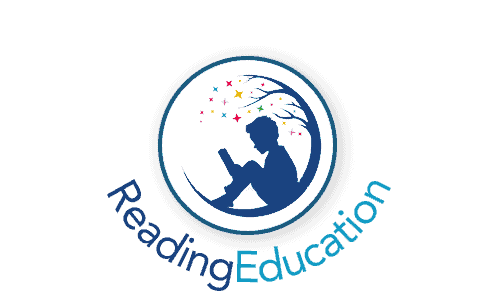A child’s parents are their first and most important teachers. In fact, we’d go so far as to say that it’s verging on the impossible to overstate the colossal impact parents have on their child’s reading ability and success. During a child’s first few years of schooling, teachers help to foster a young reader’s development, enabling them to progress their reading skills and, ultimately, become a proficient reader. However, learning to read takes years of practise and dedication – far more than a child can receive during their days at school. Therefore, it is essential that reading practise is continued at home on a daily basis.
As parents, you can furnish your child with reading opportunities and further guidance from the comfort of your own home by implementing the strategies and activities listed in this article. The follows tips have been designed to boost reading comprehension, regardless of your child’s current reading skills, in addition to promoting a love for reading – something that will only help to enhance their reading ability.
Luckily for parents, teaching reading comprehension typically comes as second nature; therefore, implementing the following strategies is relatively straightforward. For example, if a father says something along the lines of, “Emma, tell your mom what we did at the park today”, this helps to create a foundation for understanding the concept of narratives and how they work. Whilst it would be a lot easier for both parents and child if all instructional techniques were this instinctive, the majority of parents do need a little guidance to ensure they’re leading their child’s reading development in the right direction. To show you the way, here are five tips you can use at home to turn your little reader into a proficient, fluent reader.
Reading Comprehension Tips: Five Strategies To Use at Home

Build a Strong Foundation
If you were going to build a table, you would just buy some timber, a pack of screws, get your drill/screwdriver out start building; you’d start by planning out how you’re going to construct the table and go fro there. You’d need to take measurements, learn about which types of wood are best and how best to build the table to ensure it’s sturdy and look aesthetically pleasing. The point we’re making here is that you’d educate yourself before starting.
Helping your little one develop reading comprehension skills required the same level of planning and foresight. In short, you need to furnish your child with all the requisite tools they need to apply to the books they’ll be reading, be that alone or with you.
For example, prior to reading a book about animals that live in the sea, you’d first explain to your child how fish differ from land-dwelling animals, and why they have to live underwater in a different environment. Previewing the text to discover unfamiliar words is also wise as it allows you to explain these to your child before you begin to read. But it doesn’t stop there. Ask your child if they’ve ever seen a fish, either in the sea, in a river, a lake, or even in a pet shop! If they’re excited about fish, take them to the aquarium and discuss the fish you see. Talking about topics really helps to develop comprehension.
More Reading; Less TV
Research indicates that children are exposed to a wider array of words in reading books compared to sitting and watching TV. Therefore, anything your child reads or has read to them will broaden their vocabulary to a greater degree than if they were to spend that time sitting and watching a TV show or a move.
It’s crucial to remember that your little one’s listening vocabulary is far more expansive than their reading vocabulary. When you sit down and read a book that your child is interested in, both their writing and reading vocabularies will broaden. Why? Well, if your child has heard a specific word in context when it’s read or presented to them in the classroom environment they’ll have no issues recognising it, yet with far greater comprehension than if they’d never heard it in context.
Reading and Thinking Aloud
Proficient readers subconsciously create images inside their head while they’re reading a book – something that is part and parcel of the natural comprehension process. When reading aloud to your child, take a moment to think out loud about what you’re visualising or questions that may arise from reading the text. In short, this means explaining to your child the pictures, questions, and connections that form in your mind as you read a sentence or paragraph.
Let Your Child Lead Be Teacher!
Children spend most of their younger years being taught; it’s how the learning process works. However, if you offer your child the chance to be the teacher, they’ll jump at it! When reading with your child, take it in turns to summarise the text, ask questions, and make predictions about what might happen next. Remember, you must assume the role of the student and your child, the teacher. Your little teacher will love asking you questions and asking you what you think of the story. Not only will this help to build their reading comprehension, but it will also help to build confidence, something that children often lack where reading and learning is concerned.
Make it Interesting!
If there’s one thing that’s an absolute must, it’s keeping your child motivated and interested. Even as adults, we know how quickly we can switch off if we have no interest in something or are just flat out bored, so remember that it’s probably even harder for children with their over-active, creative imaginations! Discuss with your child which types of books they enjoy the most and which topics interest them more than others. Although it’s essential for you to guide them in the right direction and, ultimately, develop their reading comprehension, you’ll not achieve this if your child has zero motivation to read.
How Parents Can Help With Reading Comprehension At Home: A Summary
Let’s face it; building reading comprehension at home isn’t rocket science, yet it does require a little know-how and planning to ensure it’s successful. If you follow the above tips, you’ll start your child on the right path to becoming a proficient and fluent reader in no time at all!

